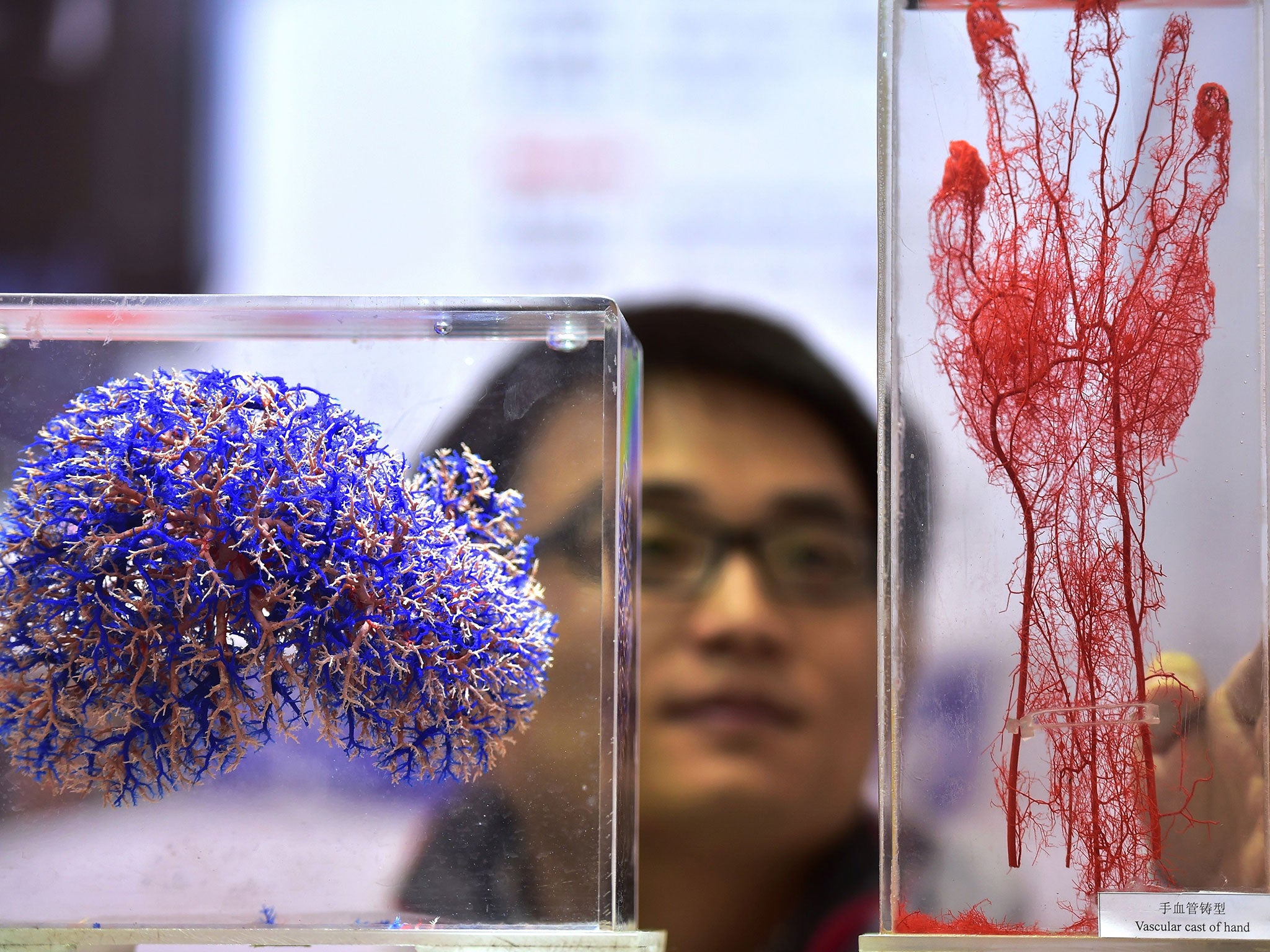3D 'bioprinters' could soon make organs and human tissue good enough for transplant, researchers say
Team of regenerative medicine scientists in US prove that it is feasible to print living tissue, cartilage and bone

Your support helps us to tell the story
From reproductive rights to climate change to Big Tech, The Independent is on the ground when the story is developing. Whether it's investigating the financials of Elon Musk's pro-Trump PAC or producing our latest documentary, 'The A Word', which shines a light on the American women fighting for reproductive rights, we know how important it is to parse out the facts from the messaging.
At such a critical moment in US history, we need reporters on the ground. Your donation allows us to keep sending journalists to speak to both sides of the story.
The Independent is trusted by Americans across the entire political spectrum. And unlike many other quality news outlets, we choose not to lock Americans out of our reporting and analysis with paywalls. We believe quality journalism should be available to everyone, paid for by those who can afford it.
Your support makes all the difference.Human tissue and organs good enough to be used for transplants could soon be made using a custom-designed 3D “bioprinter” that would help solve the problem of donor shortages.
A team of regenerative medicine scientists in the United States has proved that it is feasible to print living tissue, cartilage and bone to replace injured or diseased patients using the sophisticated machine.
Although the printed body parts – including ear and muscle structures – have been tested only in laboratory animals, the researchers said early results indicated that the structures have the right size, strength and function for use in patients suffering from battlefield injuries. Their work was funded by the US Armed Forces Institute of Regenerative Medicine.
Anthony Atala, Director of the Wake Forest Institute for Regenerative Medicine, in North Carolina, and senior author on the study published in Nature Biotechnology, heralded an important breakthrough for 3D printing.
“This novel tissue and organ printer is an important advance in our quest to make replacement tissue for patients,” he said. “It can fabricate stable, human-scale tissue of any shape. With further development, this technology could potentially be used to print living tissue and organ structures for surgical implantation.”
With donor shortages a constant challenge, the precision of 3D printing for replicating the body’s complex tissues and organs had provided hope for surgeons. However, current printers are not yet advanced enough to produce structures with sufficient size or strength to implant in the body.
Dr Atala said that problem has now been overcome having spent a decade developing the new bioprinter, the Integrated Tissue and Organ Printing System (ITOP). It uses biodegradable materials to form the shape of the tissue and water-based gels that contain the living cells.
The biggest challenge was producing good enough transplant tissue that could be used by surgeons in theatre. The team got round this in part by printing a lattice of micro-channels throughout the structures, which allow nutrients and oxygen from the body to diffuse into the structures and keep them live while they develop a system of blood vessels.
The scientists have already printed a human-sized ear and attached them under the skin of mice, as well as planting muscle and bone tissue with its own blood supply both within rats.
Further studies will measure longer-term outcomes.
Join our commenting forum
Join thought-provoking conversations, follow other Independent readers and see their replies
Comments